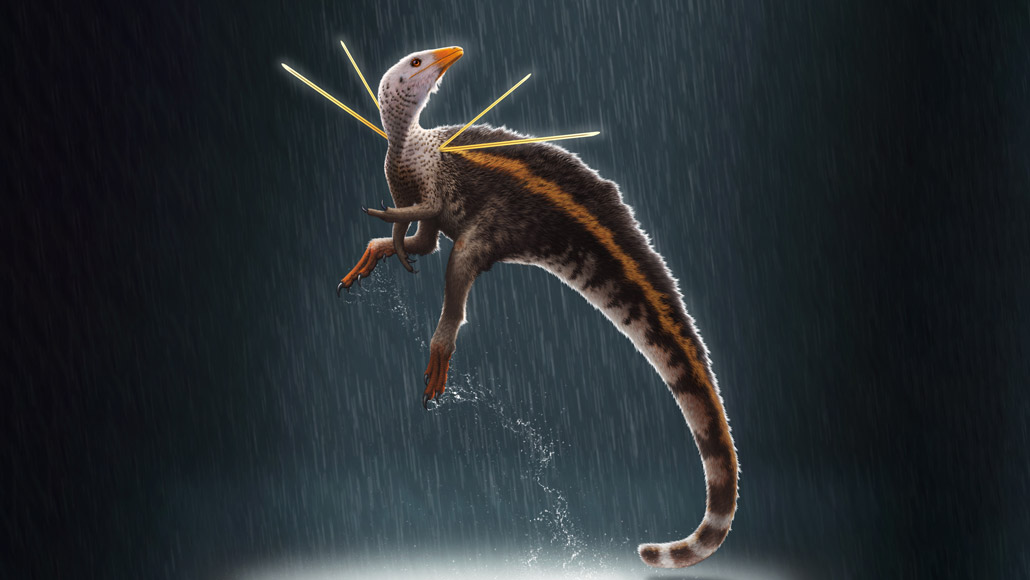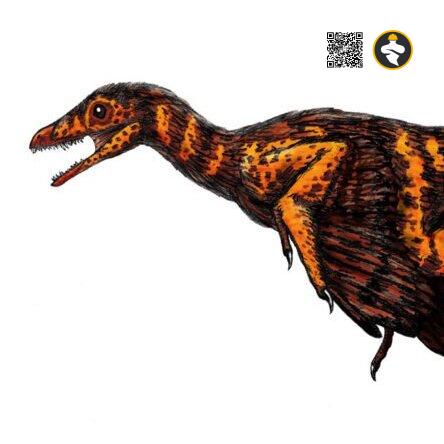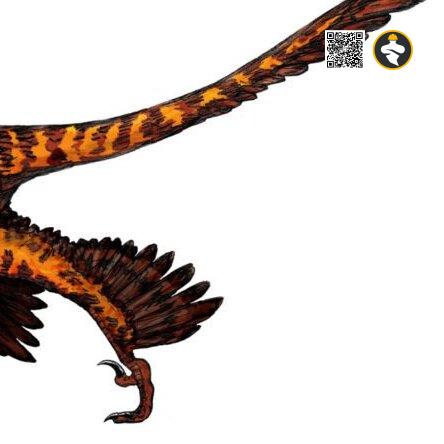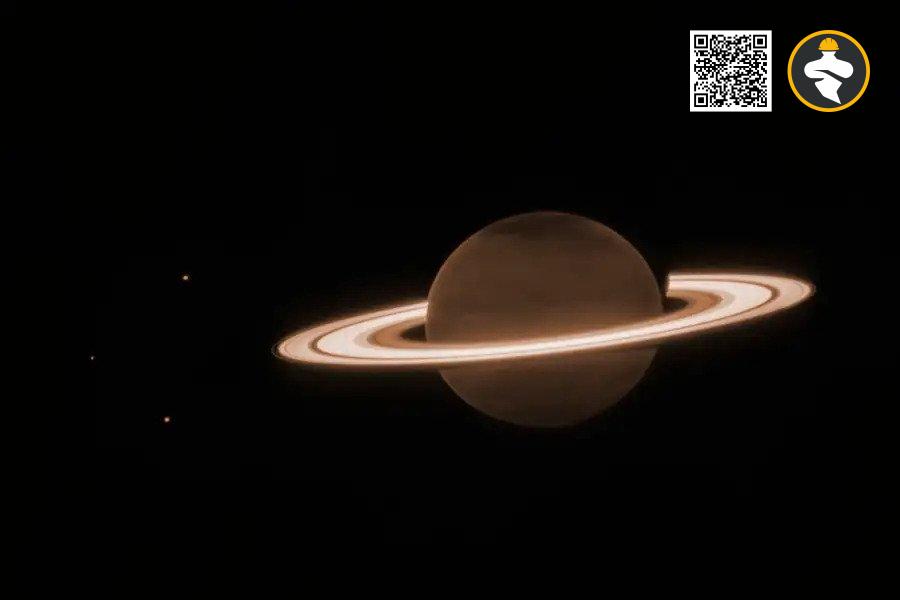While many feathered dinosaurs couldn’t take to the skies, recent studies suggest their feathers bore a striking resemblance to modern birds. In 2019, research implied that feathers evolved over time, becoming stiffer as birds took flight. However, a twist in the tale reveals that fossilization may alter feather proteins, potentially blurring the distinction between different keratin types.

Recent discoveries, shared in the October Nature Ecology & Evolution journal and at the Society for Vertebrate Paleontology’s meeting, suggest dinosaur feathers might have predominantly contained beta-keratin proteins akin to bird feathers. This intriguing revelation brings forth new questions about the evolution of feathers.
Julia Clarke, a noted vertebrate palaeontologist, underscores the significance of understanding how fossil records morph over time, hinting at chemical transformations during rock formations.
In a compelling experiment, palaeontologist Tiffany Slater and her team subjected modern bird feathers to intense heat, simulating the conditions of fossilization. The outcome showed a transformation from beta-keratin to the more flexible alpha-keratin seen in dinosaur feathers. Moreover, a comparison between ancient bird and dinosaur feathers revealed protein changes, suggesting fossilization’s potentially misleading effects.
However, a molecular palaeontologist, Mary Schweitzer questions the experimental conditions, hinting at the complexities of protein preservation during fossilization. Current beliefs lean towards feathers evolving for warmth and mate attraction, rather than flight. Matthew Shawkey, a biologist, ponders the essence of feather composition in flight evolution, suggesting that feather arrangement and structure might play a more critical role.













